Movie Magic: Behind the Scores
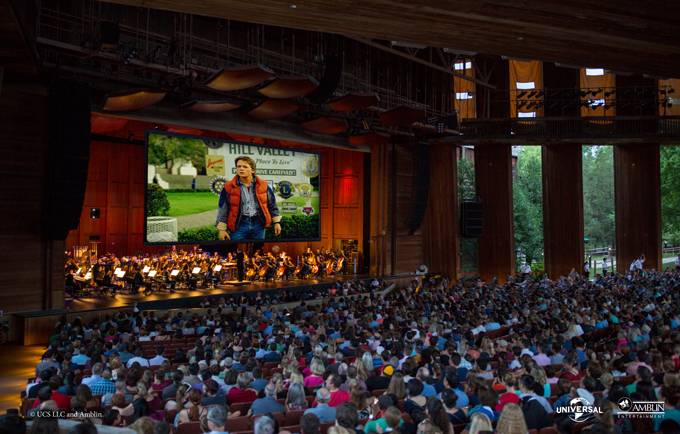
Jun 12, 2025
Every summer, the National Symphony Orchestra performs at their summer home: Wolf Trap. As part of the lineup, awestruck audiences experience popular movie scores performed by an incredible symphony of musicians, all while picnicking under the stars in a natural oasis right outside Washington, DC.
Ever wonder what it takes to conduct a live orchestra in time to a film? Wolf Trap caught up with esteemed conductor Emil de Cou for a behind-the-scenes scoop on bringing these movies to life!

Meet Emil de Cou
There are few conductors who know the Filene Center better than de Cou. His first Wolf Trap performance was “A Salute to Hitchcock” in 2000, and since then he’s conducted more than 70 shows.
But his love for films and scores started long before. De Cou grew up in Los Angeles, and his grandparents lived near the industrial film studios in Hollywood. There, they would often find abandoned spools of film lying on the ground.
“I’d look at them in my bedroom with a flashlight. I thought it was exciting,” said de Cou. “I started music relatively late in life. I think I was 14 when I started playing in my school orchestra and band, and I loved music, but didn’t know what I wanted to do with it.”
All that changed when one of his teachers took him to a re-release screening of Disney’s Fantasia. Seeing conductor Leopold Stokowski on the big screen and hearing classical greats like the “Pastoral” Symphony, “Rite of Spring,” and “Dance of the Hours” unlocked de Cou’s career ambitions.
“I take [conducting movie scores] very seriously, and it takes a lot of time. Second to music, I love films and I fell in love with films before I fell in love with music.”
– Emil de Cou
Movie Memories
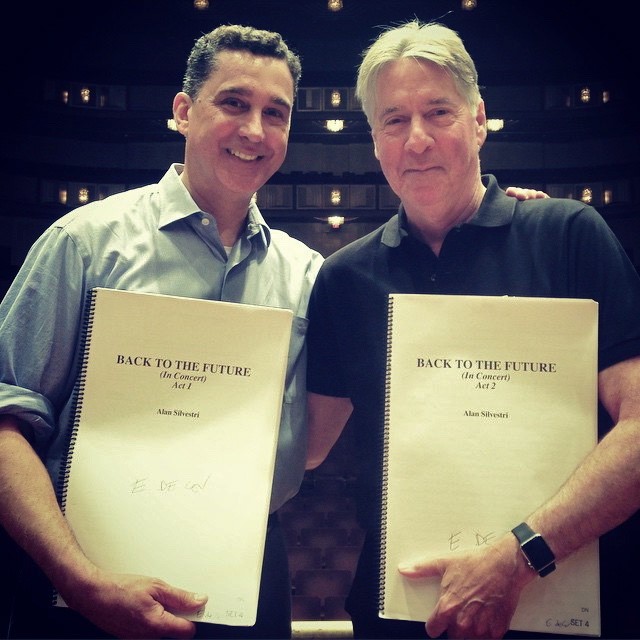
An avid film and music buff, de Cou has countless memories from conducting movies over the years at Wolf Trap. Some of his greatest Filene Center moments include:
- Premiering the first ever live orchestra screening of The Wizard of Oz in 2005 using a newly reconstructed score (The original was thrown out by MGM in the ’70s)
- Conducting 2001: A Space Odyssey with astronaut Buzz Aldrin watching from the stage
- Meeting Back to the Future composer Alan Silvestri at a rehearsal before the debut of the live film screening in 2015—a concert de Cou is conducting again this August!
“The music in Kansas is all very black and white sounding music. It was filmed in sepia tone, and so it’s a Schumann kind of Germanic mid-century, 19th-century music. The door opens when you’re in Technicolor in Munchkinland and suddenly it sounds like Debussy. You have all these exotic xylophones, a wordless chorus, and a saxophone suddenly appears to paint this otherworldly picture.”
– Emil de Cou, on The Wizard of Oz’s score
Though Hitchcock movies like North by Northwest hold a special place in de Cou’s heart, he says one of his all-time favorite films to conduct is E.T.
“The score is so sophisticated! There are so many different elements that you can barely hear when you’re listening in a movie theater or at home because, with so much of the talking dialog and sound effects, it gets obscured,” said de Cou.
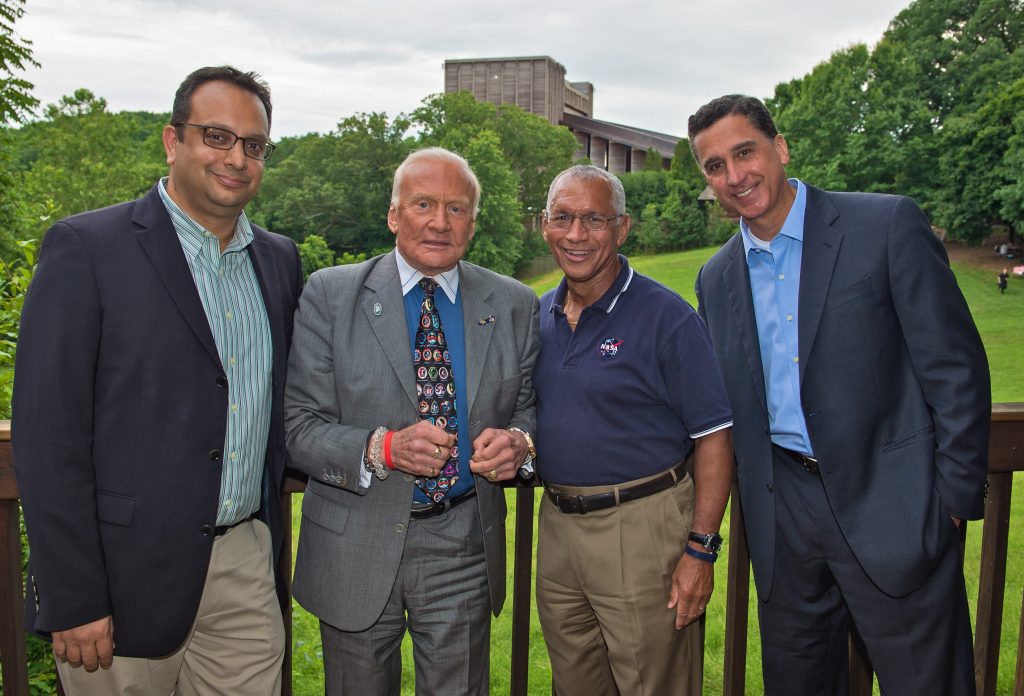
How Does It Work?
Preparing to conduct a movie soundtrack is a long and slow process. For de Cou, it takes around two months.
First, he prints the scores and does an initial look through to identify challenging sections. Then, he separates himself from the movie and dives into the score, studying bar structure, doing harmonic analysis, marking tempo changes, and determining when each instrument plays—just like he would for a classical piece by Haydn or Tchaikovsky. He even keeps a small keyboard by his desk to test chords.

Next, he plays the movie without sound to practice mechanical transitions like turning the pages of his score, anticipating tempo changes, and hitting key action moments in the movie. His laptop displays a special screen with a streamer (a slow-moving white line that moves across the bars of music) and punches (white dots that indicate the downbeat of a bar).
Before rehearsing with the orchestra, de Cou creates a mock conducting setup. He stands at his kitchen counter—which is about the same height as the podium at Wolf Trap—with the practice video screen on his laptop and conducts the entire movie at least once a day without music so he can ensure that everything lines up.
During the actual performance, de Cou references a small screen with the movie next to his conductor’s podium. Unlike many other live film events, de Cou and the orchestra do not use a “click track”—a metronomic beat played through an earpiece. This lets the orchestra fully rely on de Cou’s conducting and allows more room for him to preserve the live, emotional qualities of the music.
Film Music as Art Music
What de Cou loves most about conducting movies is that it introduces both new and younger audiences to the world of symphony music in a more accessible way. But don’t be fooled, movie soundtracks can be just as complex as other mediums.
“I think film music is, for America, one of our major contributions as far as art in the 20th century. You think of Russian tradition with the great ballets; French the great operas, also ballets; Italy great Italian opera. But America, it’s produced some of the best film music as art music. Not just background sort of chase stuff, but music that’s really profoundly affected people’s lives, that transcends what it was originally meant to do,” explains de Cou.
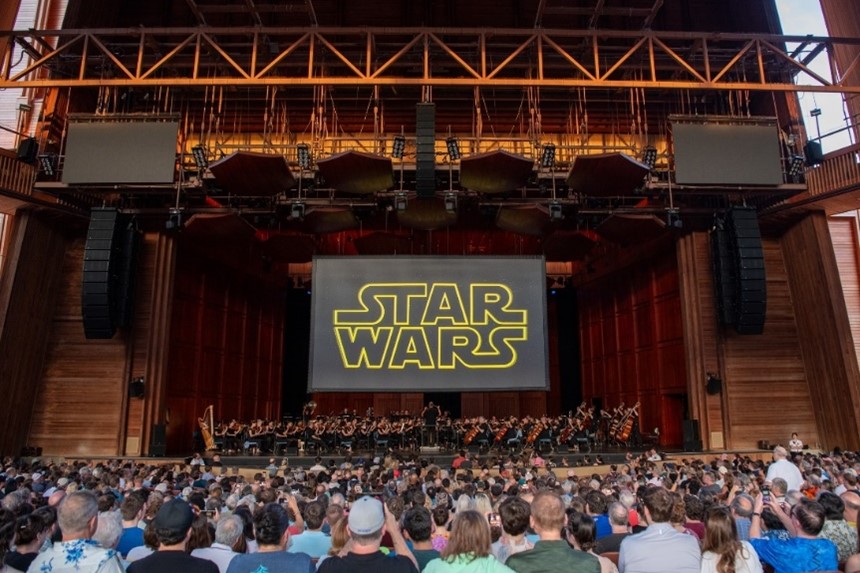
Whether it’s Darth Vader’s ominous theme or the soaring “Hedwig’s Theme” of Harry Potter, film soundtracks are a great entry point into music. He hopes audiences will take advantage of hearing it live at Wolf Trap…and try attending other classical shows.
As de Cou describes, “It’s just like buying a ticket to a movie, but you get the world’s greatest sound system with the National Symphony Orchestra.”
See Emil de Cou conduct NSO concerts with stage and screen stars Sutton Foster & Kelli O’Hara on August 1 and Back to the Future on August 2. Plus, experience Star Wars: The Empire Strikes Back on July 17 and Harry Potter and the Deathly Hallows™ Part 2 on September 5 live in concert at Wolf Trap!
Recommended Posts
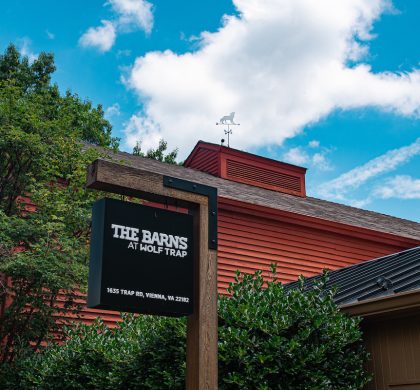
Plan Your Perfect Visit: The Barns at Wolf Trap Guide
Sep 30, 2025 - Experience, The Barns
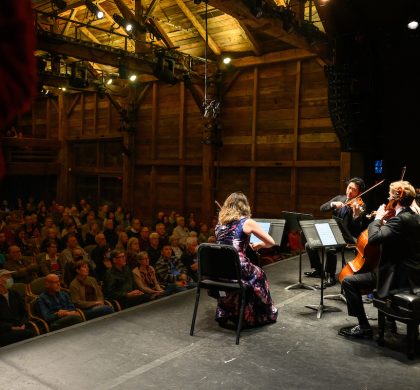
Get “In Tune” with Chamber Music at The Barns
Sep 30, 2025 - Experience, The Barns

Wolf Trap Member Benefits at The Barns
Aug 11, 2025 - Experience, The Barns
